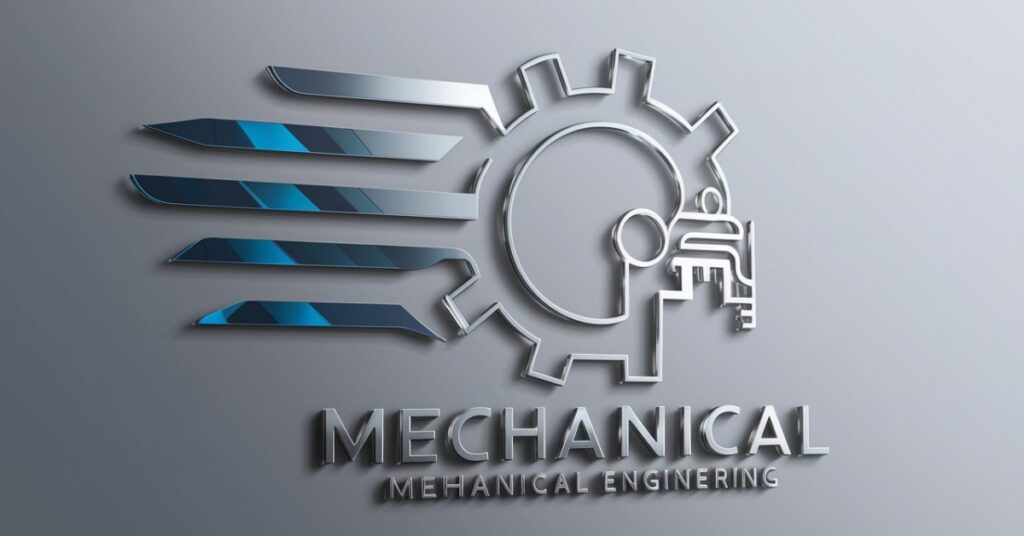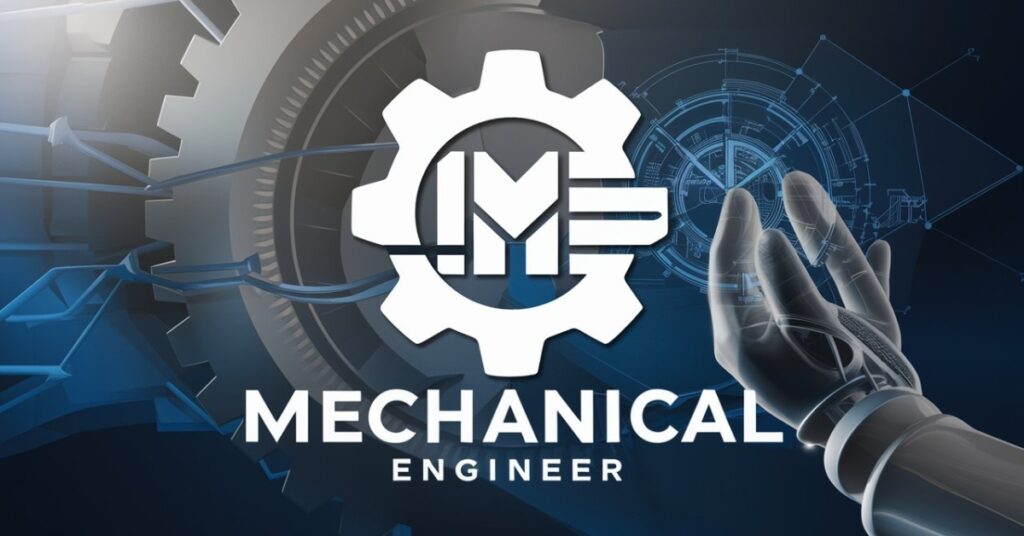Mechanical Engineer Logo are increasingly recognizing the importance of a well-designed logo in establishing a company’s identity. This article delves into the design principles, industry trends, and practical tips to create a compelling logo that conveys professionalism, expertise, and innovation, making it a key element in the competitive engineering field.
Understanding the Role of Mechanical Engineer Logo
A logo is often the first impression potential clients have of a business. It needs to communicate the core values and services offered by the mechanical engineering firm. Given the technical nature of mechanical engineering, a logo should reflect precision, reliability, and innovation. It’s crucial to understand that a logo isn’t just an image; it’s a strategic tool that can influence perception and build trust.
Key Elements of a Mechanical Engineer Logo

Symbols and Imagery
Mechanical engineering logos often incorporate symbols related to the field. Common elements include gears, wrenches, cogs, and other mechanical components. These symbols immediately communicate the nature of the business. However, the challenge lies in using these elements in a way that isn’t clichéd or overused. Creative integration of these symbols can set your logo apart.
Typography
Selecting the perfect font for a logo is crucial. For a mechanical engineering firm, the font should be clean, modern, and easily readable. Sans-serif fonts are frequently chosen for their clean and modern appearance. The typography should convey professionalism and clarity, ensuring that the company name and tagline (if any) are legible at different sizes.
Color Scheme
Colors evoke emotions and can significantly impact how a logo is perceived. For mechanical engineering logos, colors like blue, grey, and black are popular as they represent trust, reliability, and strength. Blue, for instance, is often associated with professionalism and technical expertise. However, don’t shy away from using bold colors if they align with your brand’s personality and values.
Simplicity and Versatility
A great logo is simple yet memorable. It should be versatile enough to look good on various mediums, from business cards to large banners. Avoid overly complicated designs that can lose detail when scaled down. The best logos are those that remain recognizable and effective, regardless of size or medium.
Trends in Mechanical Engineer Logo
Minimalism
Minimalism is a prevailing trend in logo design, including in the engineering sector. Simple, clean lines and uncluttered designs are not only visually appealing but also practical. A minimalist logo is versatile and can be easily adapted to different formats and uses.
Geometric Shapes
Geometric shapes like circles, triangles, and hexagons are popular in mechanical engineering logos. These shapes can symbolize precision and technical expertise. When combined with other design elements, they create a balanced and cohesive look.
3D Effects and Gradients
While flat design has its merits, incorporating 3D effects and gradients can add depth and dimension to a logo. These elements can make a logo appear more dynamic and modern. However, it’s important to use these effects sparingly to avoid a cluttered look.
Custom Icons
Custom icons are a way to make your logo unique. Instead of using generic gear or wrench icons, consider designing custom icons that represent your firm’s specialties or unique selling points. Custom icons can add a personal touch and make your logo stand out.
Practical Tips for Designing a Mechanical Engineer Logo
Understand Your Brand
Before beginning the design process, it’s essential to have a clear understanding of your brand. The text outlines the company’s core beliefs, distinguishing features, and the desired impact of its logo. Answering these questions will guide your design process and ensure that your logo aligns with your brand identity.
Research Competitors
Look at the logos of other mechanical engineering firms. Identify what works and what doesn’t. This research will help you avoid clichés and identify opportunities to differentiate your logo from the competition.
Sketch Your Ideas
Start with sketches before moving to digital design. Sketching allows you to explore different concepts quickly and creatively. Set aside perfection for now; concentrate on sparking unique ideas.
Use Design Software
Once you have a few strong concepts, use design software like Adobe Illustrator or Corel DRAW to create digital versions of your logos. These tools offer precision and flexibility, allowing you to refine your designs.
Seek Feedback
Seek feedback from colleagues, clients, or a professional designer. Fresh perspectives offer valuable insights, enabling the recognition of areas ripe for improvement. Be receptive to constructive feedback and ready to make necessary changes.
Test for Versatility
Ensure your logo looks good in different formats and sizes. Test it on business cards, websites, letterheads, and promotional materials. A versatile logo will maintain its integrity and effectiveness across various applications.
Conclusion to Mechanical Engineer Logo
Designing the perfect mechanical engineer logo requires a blend of creativity, technical knowledge, and strategic thinking. By understanding the role of a logo, incorporating key design elements, staying aware of industry trends, and following practical design tips, you can create a logo that not only represents your firm but also sets it apart in the competitive field of mechanical engineering. A well-designed logo is an investment in your brand, contributing to your firm’s professional image and helping to attract clients who value quality and innovation.

